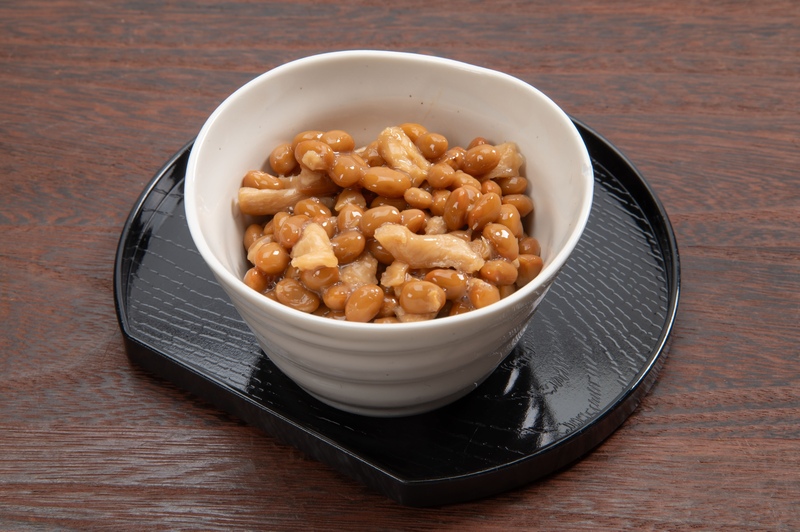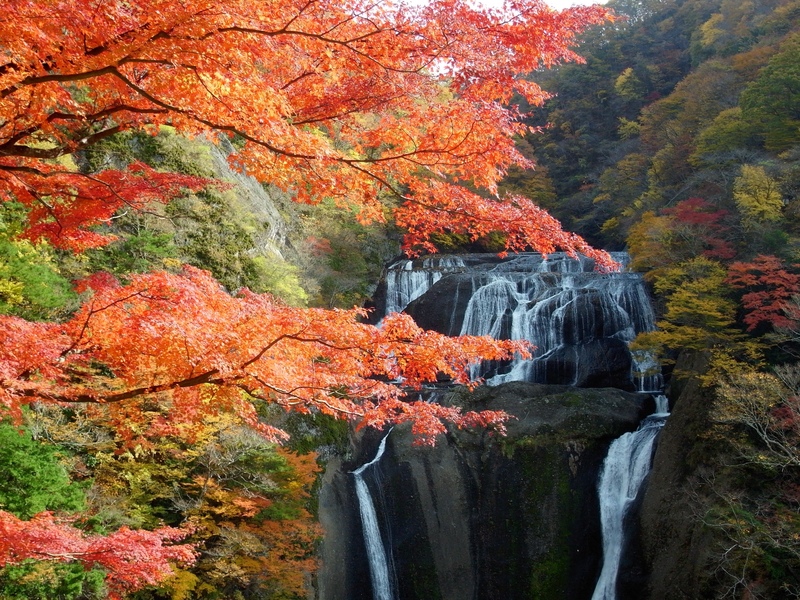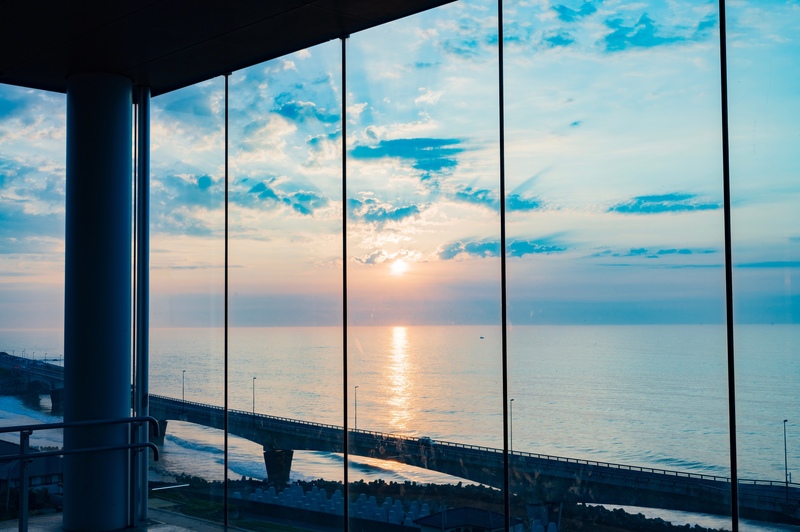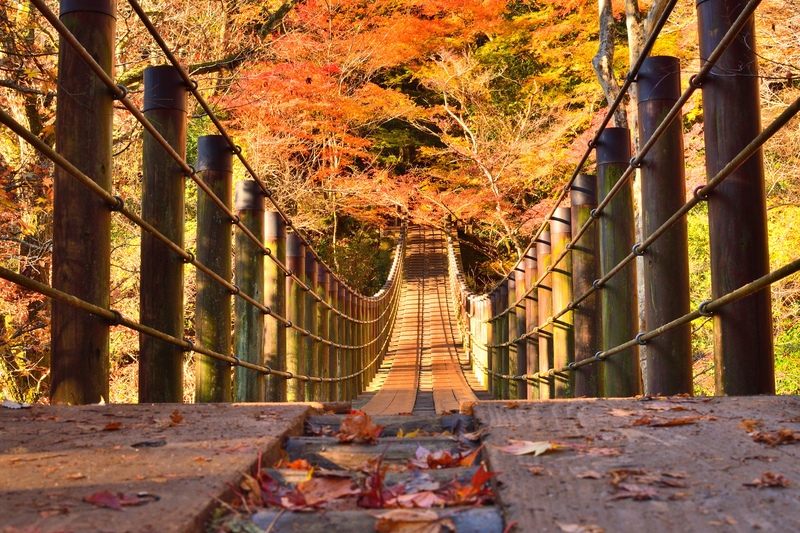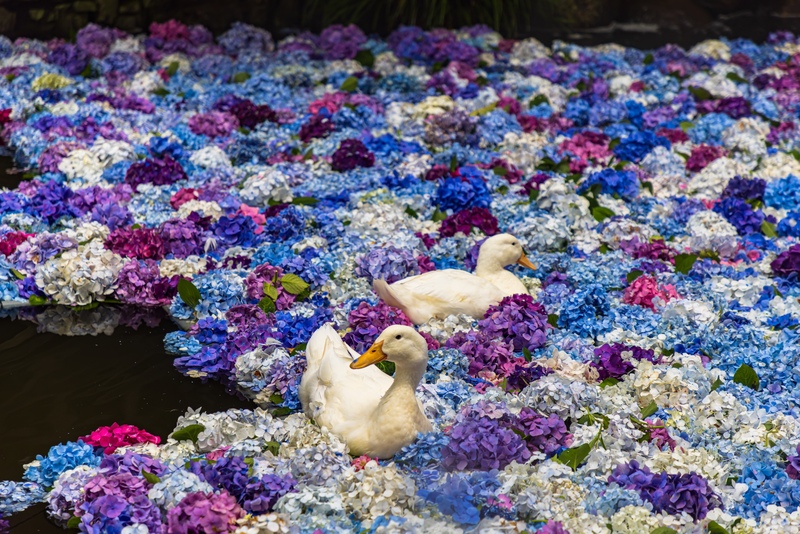What is Kairakuen? Discover the Charm of Ibaraki's Pride, One of Japan's Three Great Gardens
Kairakuen, located in Mito City, Ibaraki Prefecture, is known as one of Japan's Three Great Gardens alongside Kenrokuen in Kanazawa and Korakuen in Okayama.
It was established in 1842 by Tokugawa Nariaki, the 9th feudal lord of the Mito Domain, and has been cherished by many since the Edo period.
The name "Kairaku" means "to enjoy together with people," and the garden was designed for everyone to enjoy.
This article will delve into the charm of Kairakuen, including its history, highlights, best visiting times, and access information, providing useful insights for travelers from overseas.

Access to Kairakuen and Best Visiting Seasons
Access Methods
Kairakuen is conveniently located in the city center of Mito, Ibaraki Prefecture, with easy access from the metropolitan area.
- By Train: From Tokyo Station, take the JR Joban Line express train to Mito Station, which takes about 1 hour. From Mito Station, it's about a 15-minute bus ride or a 20-minute walk.
- By Car: It's about 15 minutes from the Mito IC on the Joban Expressway. There are parking facilities around Kairakuen, making it easy to access by car as well.
Best Season
Kairakuen offers beautiful scenery in all seasons, but the best time to visit is during the "Plum Blossom Festival" from late February to mid-March.
During this period, over 100 varieties and more than 3,000 plum trees bloom, filling the garden with a sweet fragrance.
Autumn is also recommended for stunning autumn foliage.

Top 5 Highlights of Kairakuen
1. Plum Grove with 3,000 Blossoming Trees
The emblem of Kairakuen is its plum grove with about 3,000 trees.
Known as a plum blossom spot, Kairakuen features a variety of early to late-blooming plum trees, beautifully coloring the garden with white and red blossoms.
During the Plum Blossom Festival, the trees are illuminated at night, creating a magical atmosphere.
2. Kobuntei
Located within Kairakuen, "Kobuntei" is a wooden tea house reportedly designed by Tokugawa Nariaki himself.
This three-story building offers unique views, allowing you to overlook the entire Kairakuen, Mito City, and even Lake Senba from the upper floors.
It's a building where you can feel the history along with the beautiful scenery, making it worth a visit.
3. Lake Senba
Situated south of Kairakuen, Lake Senba is one of the largest lakes located in an urban area in Japan.
You can view the lake from within the garden, enjoying picturesque scenery.
With walking paths around the lakeshore, it’s a popular spot for tourists to enjoy a stroll, offering a beautiful area where nature and city harmoniously coexist.
4. Walking Paths through Cedar and Bamboo Groves
In addition to the plum grove, Kairakuen features walking paths through cedar and bamboo groves, allowing for enjoyable walks throughout the year.
The lush green scenery of the bamboo grove, in particular, provides visitors with a refreshing feeling.
It's a place to indulge in the quintessential beauty of Japanese gardens.
5. Flowers of All Seasons
In Kairakuen, not only plum trees but also cherry blossoms, azaleas, maples, and various other flowers are planted, allowing visitors to enjoy seasonal blooms such as spring cherry blossoms, early summer azaleas, and autumn foliage.
The cherry blossom season in spring is especially bustling with many tourists.

Tourist Spots Around Kairakuen
1. Mito Castle Ruins
Located close to Kairakuen, the Mito Castle ruins were once the base of the Tokugawa family.
Today, stone walls and moats remain, allowing you to enjoy a historical atmosphere.
It's a must-visit spot for history enthusiasts.
2. Ibaraki Prefectural Museum of History
The Ibaraki Prefectural Museum of History offers exhibitions on the history and culture of Ibaraki Prefecture, making it an ideal visit alongside Kairakuen.
It's recommended for those who want to delve deeper into Japanese history.
3. Mito City Botanical Park
A short distance from Kairakuen, the Mito City Botanical Park offers enjoyment of seasonal flowers and plants.
With greenhouses and flower beds, it's a spot to fully enjoy nature.

Useful Information for Visiting Kairakuen
Language Support
Within Kairakuen, there are English guide signs and pamphlets available, but using interpreter apps or translation functions can make your visit even more comfortable.
Points to Note
- Avoiding Crowds: Especially during the Plum Blossom Festival, many tourists visit, so an early morning visit is recommended.
- Clothing and Gear: The garden is rich in nature and expansive, so walking-friendly shoes and attire are advisable. Warm clothing is essential for the nighttime illuminations during the Plum Blossom Festival.
- Dining Facilities: There are cafes and restaurants within and around the garden, allowing you to enjoy Japanese tea houses and local gourmet dishes.
Conclusion
Kairakuen is a place where you can feel the beauty of traditional Japanese gardens and the richness of nature.
Especially during the Plum Blossom Festival, a variety of plum blossoms bloom in abundance, filling the garden with a beautiful fragrance.
This garden, created by Tokugawa Nariaki with the spirit of "enjoying together," continues to be loved by locals and visiting tourists.
When visiting Ibaraki Prefecture, be sure to stop by Kairakuen and experience the beauty and history of Japan's nature.
Frequently Asked Questions
Q1: Is there an entrance fee for Kairakuen?
Entrance to Kairakuen is free. However, there is a fee for entering Kobuntei.
Q2: When is the Plum Blossom Festival held?
It is usually held from late February to mid-March. It is recommended to check the schedule in advance.
Q3: Are there English guide services available?
Some areas of the garden have English signs and pamphlets, but if you wish to use a guide, advance reservations may be required. It is advisable to prepare interpreter apps.
Immerse yourself in the beautiful scenery and rich history of Kairakuen and enjoy the depth of Japanese culture.





